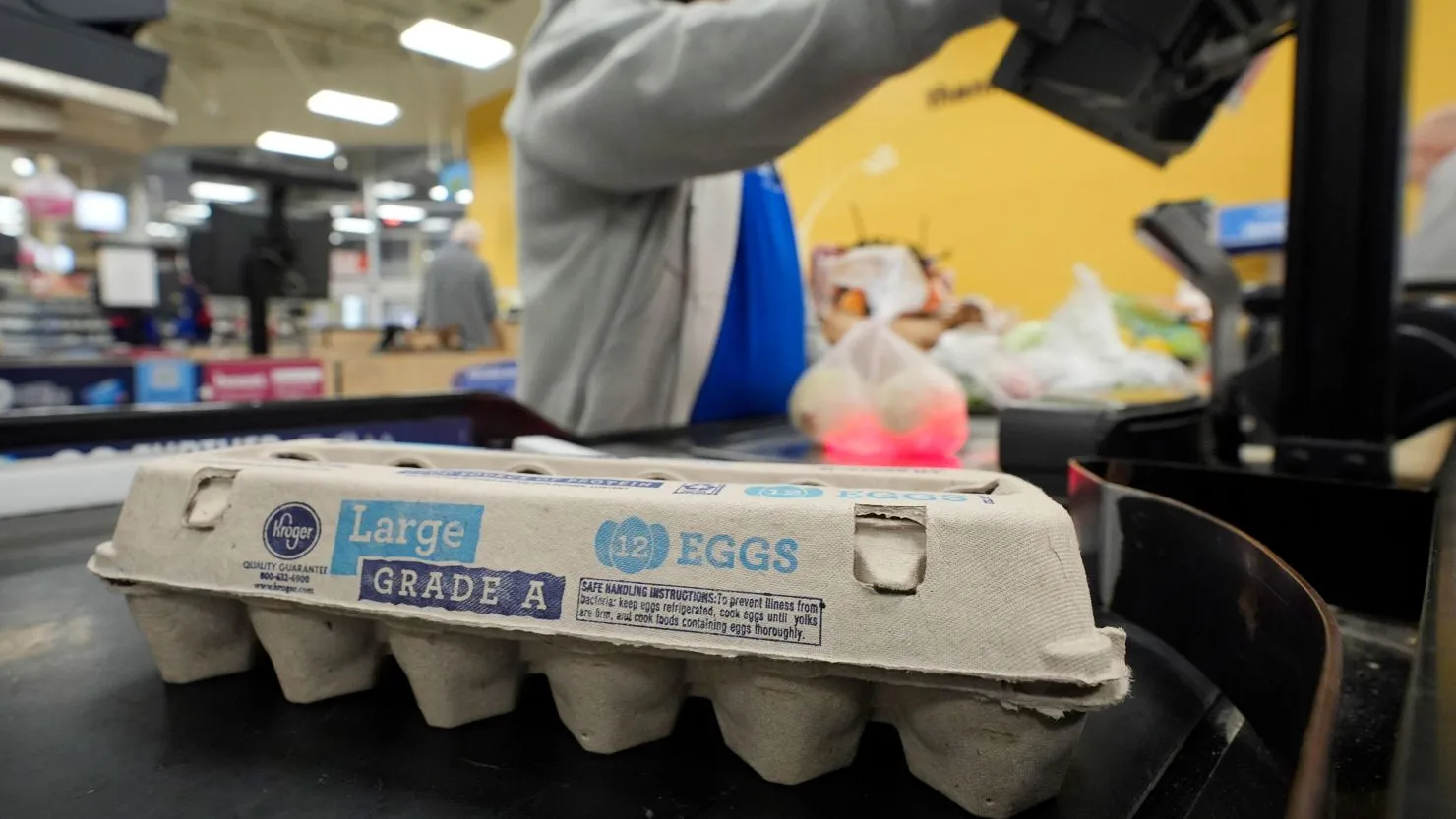Introduction
The price of eggs has recently been a hot topic across American households, and for good reason. After months of unprecedented escalation, egg prices are finally showing signs of decline. However, despite this slight decrease, prices still hover near record highs, bringing both relief and concern for consumers. In this article, we will delve into the complexity surrounding egg pricing, the factors leading to the recent changes, and the broader implications for the economy and food security.
Current State of Egg Prices
As of October 2023, consumers are seeing eggs priced at around $5 a dozen, a marked decrease from the extraordinary highs experienced earlier this year. Prices soared due to various factors, including avian flu outbreaks, supply chain issues exacerbated by the COVID-19 pandemic, and increased consumer demand as people returned to restaurants and social gatherings. The spike in prices has drawn significant media attention, and recent discourse surrounding the issue has even seen former President Donald Trump weighing in, adding to the narrative of egg prices being a political and economic talking point.
The Factors Behind Recent Price Changes
Egg prices have seen extreme fluctuations, and understanding the underlying factors is crucial to grasping the current market dynamics.
Avian Flu Outbreaks
The avian influenza, or bird flu, has been a leading contributor to the rising cost of eggs. The disease swept through poultry farms across the country, leading to mass culling of infected flocks. According to the U.S. Department of Agriculture (USDA), nearly 58 million birds were affected in 2022, resulting in a significant reduction in supply. The egg-laying hen population took a substantial hit, reducing the availability of eggs in the market and driving up prices dramatically.
Supply Chain Disruptions
Furthermore, the COVID-19 pandemic had lasting impacts on supply chains. Transportation slowdowns, labor shortages in food processing plants, and increased packaging costs all contributed to the rising prices. These factors have created a bottleneck effect, preventing supply from meeting the newly increased demand as consumers shifted purchasing habits during the pandemic.
Increased Consumer Demand
As people started dining out again and attending social events, demand for eggs surged. Eggs are a staple in American diets, commonly used in a wide variety of dishes. The resurgence in demand coincided with the dwindling supply caused by the aforementioned factors, which ultimately escalated egg prices to record levels.
The Short-Term Decline in Prices
The recent decline in egg prices can be viewed as a belated correction from the extreme highs reached earlier in the year. Signs of price stabilization suggest that supply is gradually recovering as producers work to replenish their flocks and meet consumer demand. The USDA has reported an increase in the laying hen population, indicating that farmers are rebuilding their flocks to ensure better egg production.
Are Prices Expected to Continue to Fall?
As of now, industry experts suggest a cautious optimism regarding the direction of egg prices. While recent trends show a decline, several factors remain at play that could influence future pricing:
- Farm Recovery: The recovery of farms affected by avian flu will play a pivotal role in determining future prices. A complete and sustained recovery can lead to more stable and potentially lower prices.
- Economic Conditions: As inflationary pressures remain a concern across the economy, consumer purchasing power may shrink, affecting demand. If consumers cut back on spending, prices may trend down further.
- Seasonal Demand: Demand often fluctuates seasonally, particularly with holidays around Thanksgiving and Christmas. This can impact pricing structures significantly within those timeframes.
Egg Prices and the Broader Economy
The ramifications of egg pricing phenomena extend well beyond simple grocery bills. The discussion of egg prices is not merely a matter of food costs; it speaks to larger issues such as food security, inflation, and economic recovery post-pandemic.
Inflation and Food Security
Higher food prices put pressure on American households, particularly those with lower incomes, who may spend a larger portion of their budget on food. The rise in egg prices, previously seen as an isolated issue, is now reflective of overall inflation in the economy. The cost of everyday items has risen significantly, and essential goods like eggs highlight how inflation affects food security for vulnerable population segments.
Political Implications
Moreover, egg prices have made their way into political discourse, especially with figures such as Donald Trump referencing the issue in discussions about economic policy and inflation. It exemplifies how food issues can become politicized, affecting public perception and the response from policymakers. The issue has the potential to sway public opinion ahead of upcoming elections, especially in communities where rural economies are typically reliant on agriculture.
Conclusion
In conclusion, the recent decline in egg prices is a welcome development for many consumers, even though prices remain high compared to historical norms. It highlights the intricate interplay of agricultural production, supply chain dynamics, and broader economic conditions. As we look forward, parents, chefs, and consumers alike will continue to be vigilant about their grocery bills, especially as the debate over food prices becomes increasingly entwined with political narratives and economic realities.
The future for egg prices remains uncertain but optimistic. As producers work to recover from the setbacks faced in recent years, both consumers and policymakers must stay informed about the ongoing developments in this critical food sector. In the end, like many goods in our economy, the price of eggs reflects more than just farming and production—it serves as a barometer for economic health, consumer confidence, and the pulse of America’s food supply.







